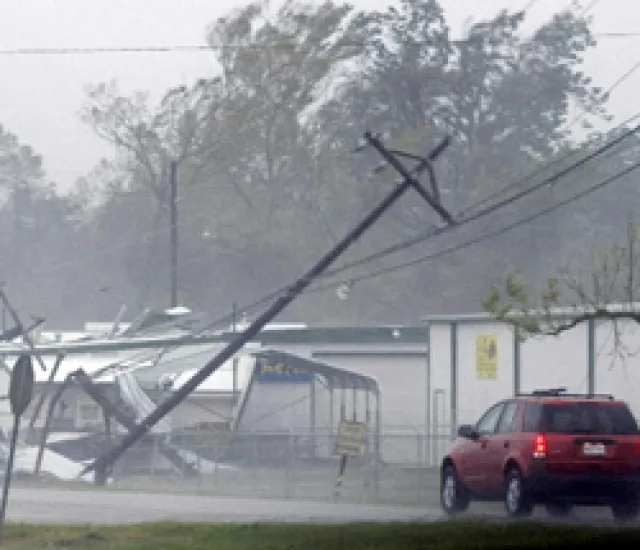It has been a rough week for defined-benefit-plan sponsors.
The twin hits of falling equities and declining discount rates — meaning that assets drop and liabilities rise — have some likening the environment for pension plans to the “perfect storm” conditions seen in 2000 and 2001, then again in 2008. “It is a big lose-lose,” says John Ehrhardt, a principal at consulting firm Milliman.
Until the past week corporate pension funds had made lots of progress toward recovering from their last downturn. “Now this has put people in a much lower funding situation,” says Kevin McLaughlin, a principal at consulting firm Mercer. “Many of them may have been looking at closing the year at 90 percent funded, and now they are much closer to 75 percent.”
The funded status deficit of the 100 large defined benefit plans tracked by Milliman’s pension funding index jumped by $97 billion from August 1 to August 8, to $351 billion. And although stocks rose on Tuesday, those gains were wiped out a day later. Of the $97 billion deficit, $64 billion stems from a 5.2 percent average loss in asset values for these sponsors and $33 billion from increased liabilities caused by a 17-basis-point drop in applicable interest rates. The discount rate these plans use to value liabilities currently hovers around 4.95 percent, Ehrhardt says.
The Federal Reserve’s pledge this week to keep the federal funds rate low at least through mid-2013 did not help the liabilities outlook. “The impact is not immediate, but it is not good news if interest rates are going to remain low,” Ehrhardt says. “It means that any improvement in the funded status has to happen on the asset side of the equation.” Sponsors have two ways to boost assets: increase their contributions or get higher investment returns.
If this market environment continues, it will hurt companies sponsoring pension plans in more ways than one. “It is a big deal because their balance sheets have to mark to market,” Ehrhardt explains. “If the funded status goes down this year, next year’s pension expense goes up. A hit to pension expense flows through to P&L.”
Funding requirements for ERISA plans have similar rules, Ehrhardt says, and the events of the past week will almost certainly increase sponsors’ required contributions. “For sponsors who were hoping to invest their way out of a deficit, that is going to be harder,” Mercer’s McLaughlin says. “They are probably going to have to put in more cash.”
The current volatility may lead more sponsors to consider think about a liability-driven investing (LDI) strategy. “Maybe the time is now to swing into bonds to get rid of some interest rate risk,” Ehrhardt says. As McLaughlin notes, “Anybody who put in place an LDI strategy is much better off now than those who did not.”
On the asset side the Fed’s promise of steady rates for the next two years could give some sponsors the sense of stability that will lead them to LDI, Ehrhardt says. “Two years is a long time in corporate planning these days,” he points out.
Sponsors also could make moves to hedge against asset risk by investing in hedge funds or approaches like managed futures, Ehrhardt says. “That helps protect the downside, and usually it is at a price of giving away some upside,” he says. But given the current environment, that may make sense.
McLaughlin does not foresee a material jump in plans’ near-term use of hedge funds. “We do not quite know how hedge funds have done” in this situation, he says. “Some strategies will have done well, and some not so well.”






